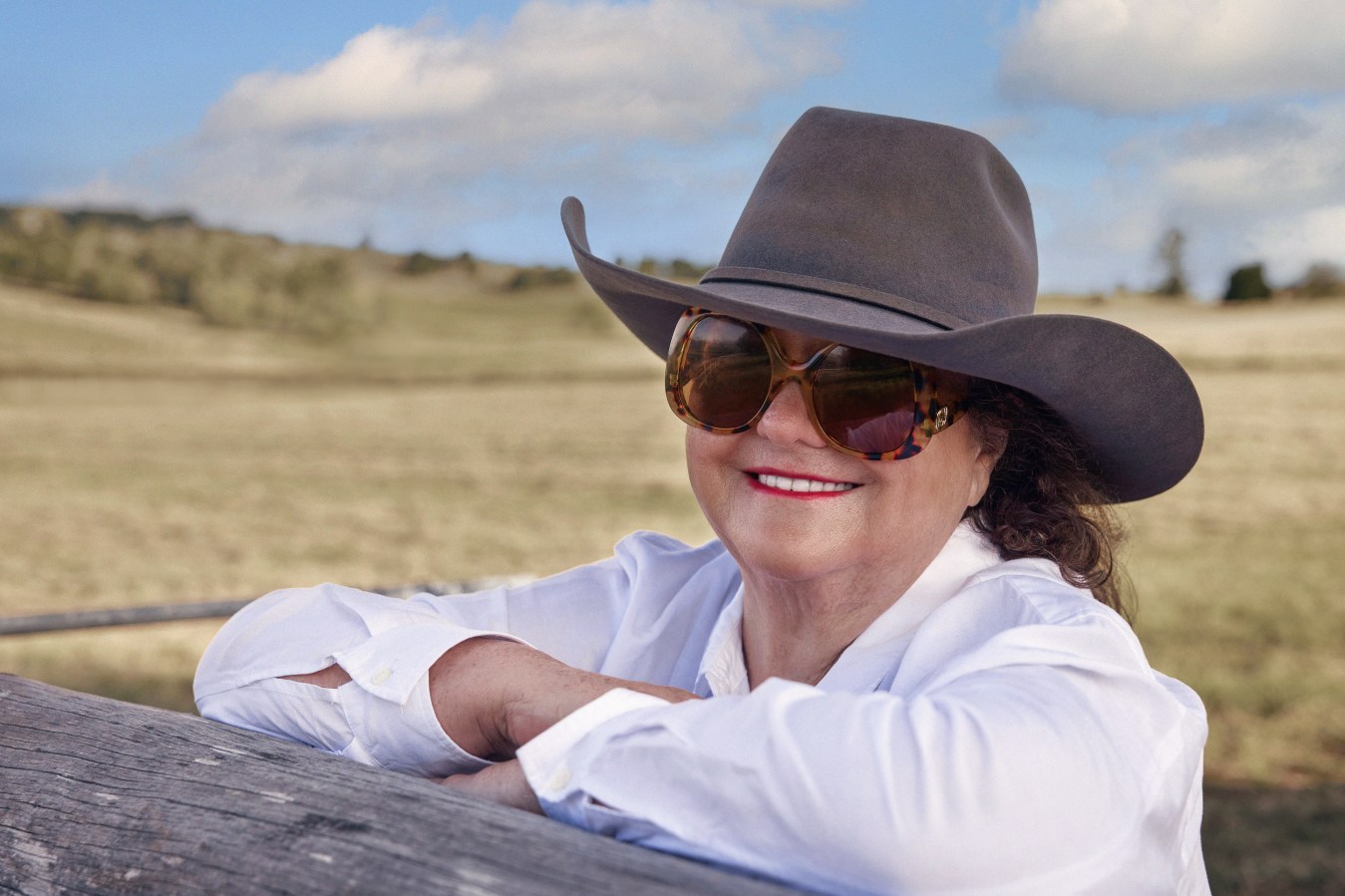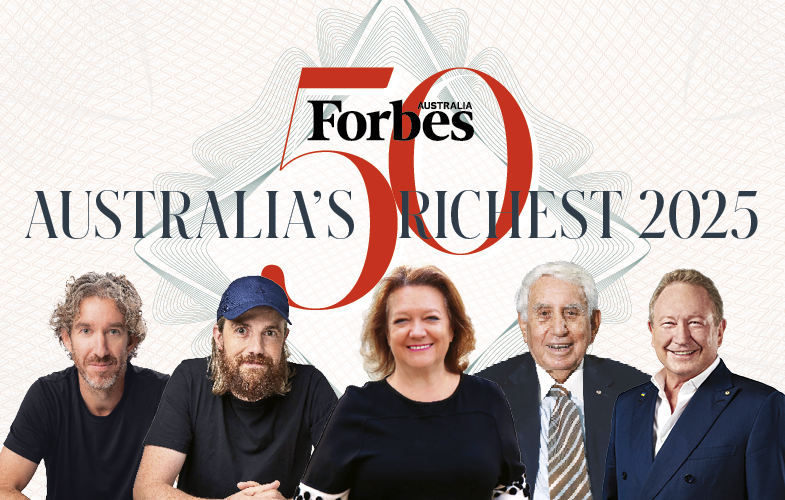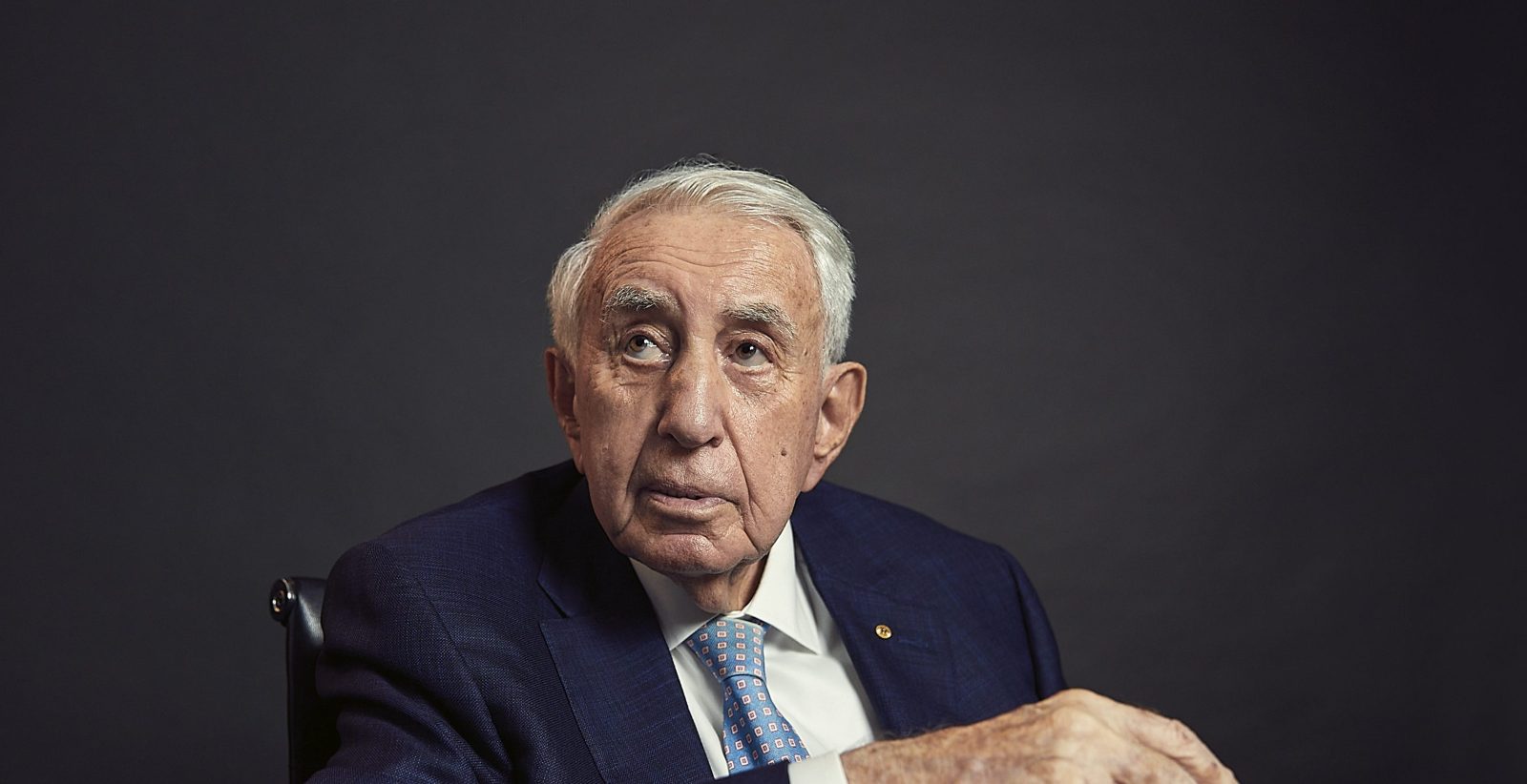For the first time, Atlassian co-founders Mike Cannon-Brookes and Scott Farquhar have overtaken mining magnate Andrew “Twiggy” Forrest on Australia’s 50 Richest list. The shift is striking: a tech duo leapfrogging a mining giant, with 45-year-old Cannon-Brookes now just half a billion behind 91-year-old property mogul Harry Triguboff.

It’s fascinating to watch the movement of this list. It’s not just a ranking of wealth – it’s a snapshot in time of where economic power is shifting. And even in the short 2.5 years since Forbes launched in Australia, that shift has been substantial.
Mining dynasties have long dominated the top echelons of Australian wealth. But technology is rewriting that script. This year, we’ve seen the biggest gains among tech founders, with Cannon-Brookes and Farquhar each adding more than US$4 billion to their net worths. Another notable duo – Sam Hupert and Anthony Hall of medical imaging firm Pro Medicus – more than doubled their wealth, making them the biggest percentage gainers on the list. Fresh faces like Stake.com founders Ed Craven and Bijan Tehrani are disrupting industries once thought untouchable, with their controversial offshore crypto casino turning them into billionaires in their twenties.
That’s not to say mining’s influence is gone. Far from it. Gina Rinehart remains firmly in the top spot despite a US$1 billion dip in her fortune. In this issue, Rinehart speaks exclusively to Forbes Australia about her vision for “making Australia great”. Meanwhile, 17th on the list with a net worth of US$3.4 billion, Jack Cowin – who borrowed CA$10,000 from 30 friends to launch Hungry Jack’s 55 years ago – shares his lessons on influence, dealmaking, and the power of persistence.
Issue 15
But beyond the individual fortunes, the bigger story is the growing dominance of technology – not just in business but in government and society. Once upon a time, we’d think of billionaires building railroads, steel empires, and oil dynasties. Now, they build algorithms, artificial intelligence and social platforms that influence billions of lives.
A quick glance over to the US shows that the tech titans are no longer content with shaping the corporate world – they’re embedding themselves in Washington. The heads of Google, Meta, and Amazon had front-row seats at US President Donald Trump’s inauguration less than a month ago. Elon Musk is roaming the White House halls, and venture capitalists and AI pioneers are taking up key positions in government. The old Wall Street-to-Treasury influence has been replaced by a new breed of powerbrokers: the tech elite.
Whether this is a good or bad thing remains to be seen. Some see it as a natural evolution – after all, technology drives economies, so it makes sense that those at the forefront of innovation would wield influence. But others warn of an emerging oligarchy, where wealth and power are consolidating in ways that could reshape democracy itself. As former US President Joe Biden said in his farewell speech in January, “An oligarchy is taking shape in America – of extreme wealth, power, and influence – that threatens our democracy.”
But one thing is clear: the world’s wealthiest aren’t just getting richer; they’re getting younger, more tech-driven, and seem increasingly focused on shaping a more sustainable and equitable future. Many, including Canva and Atlassian founders, are pledging significant portions of their wealth and investments towards this mission.
It’s a fascinating time to be alive, and we look forward to sharing these stories with you in 2025.
Wishing all our readers a very Happy New Year. I hope you enjoy this bumper issue – packed with stories of entrepreneurship, ingenuity, leadership, and innovation.
As always, I’d love to hear your thoughts. Email me at sarah.ocarroll@forbes.com.au.





